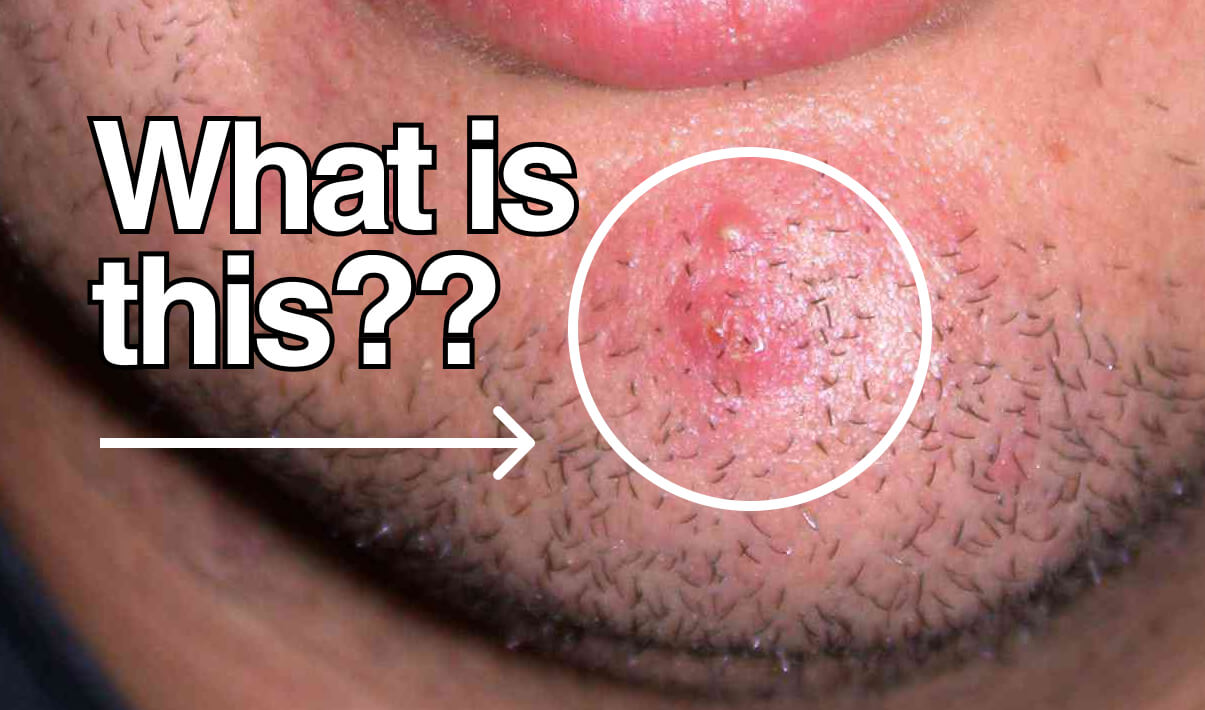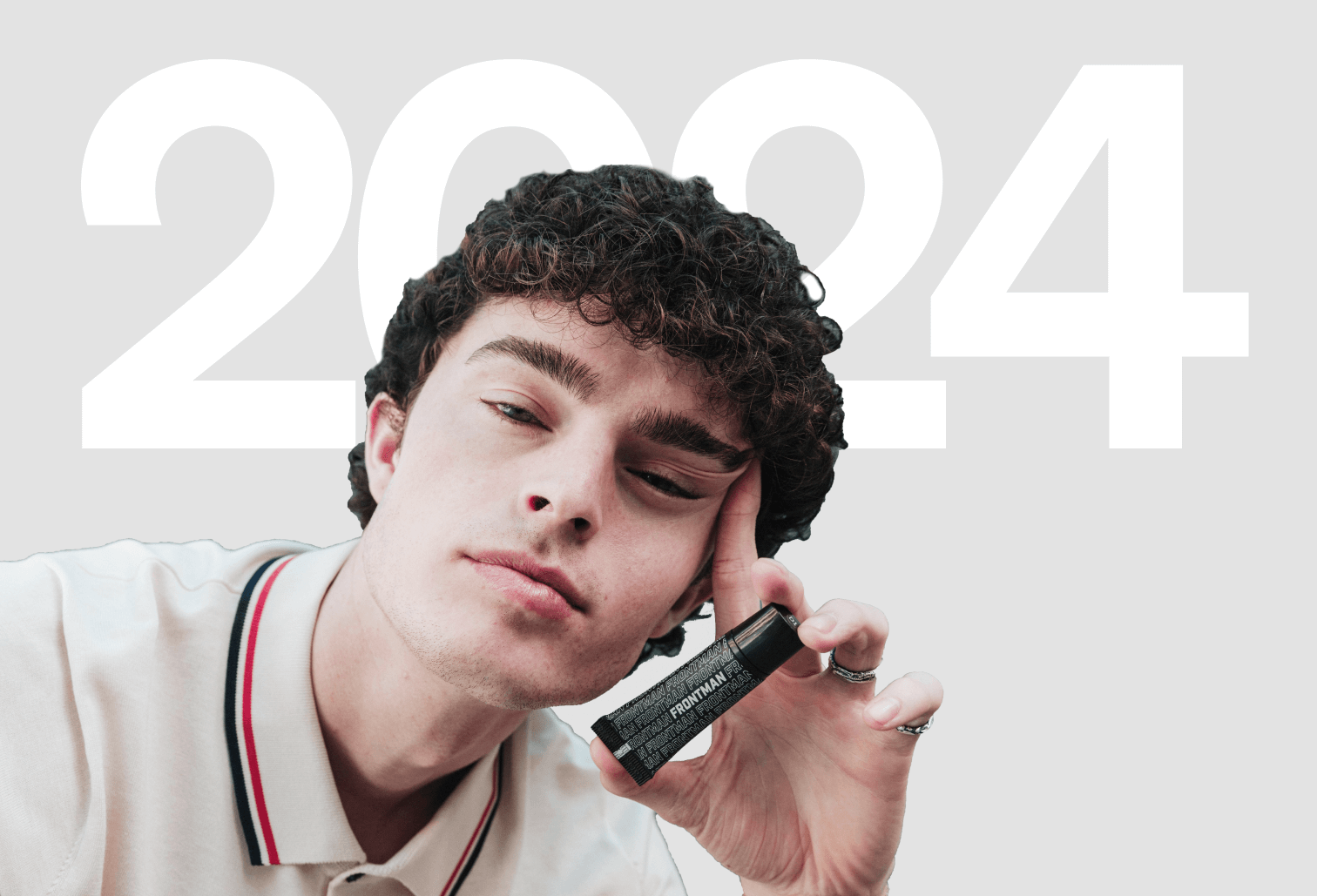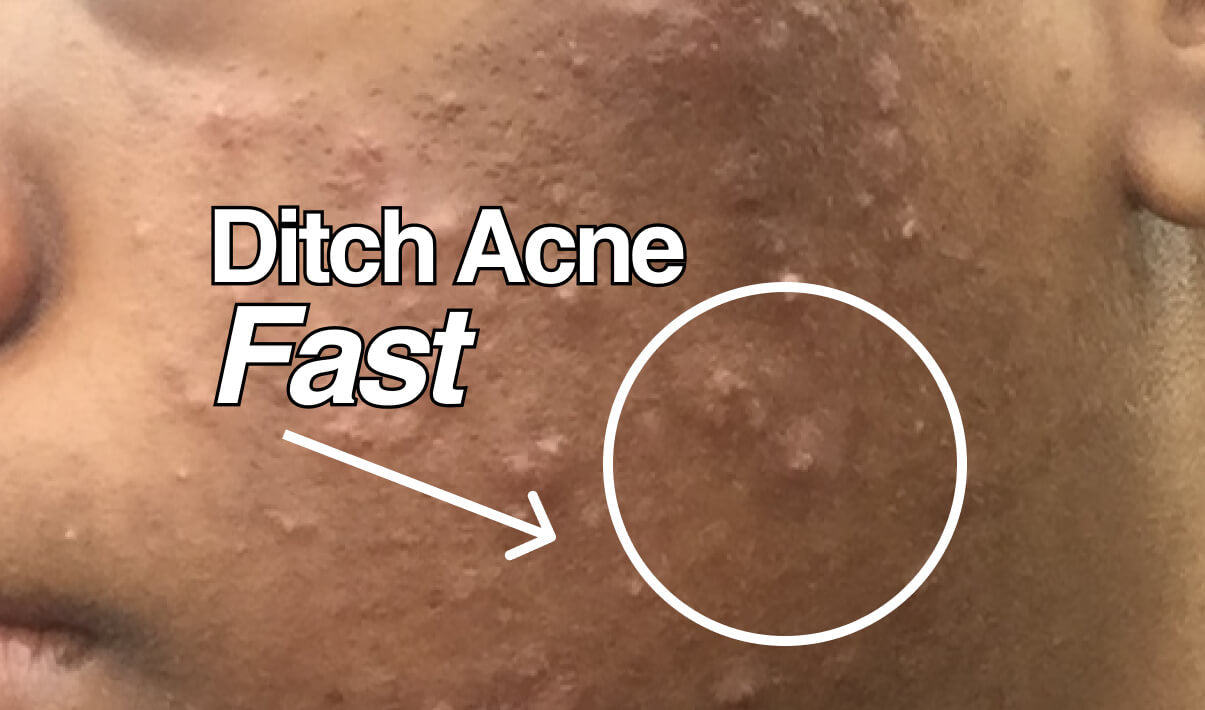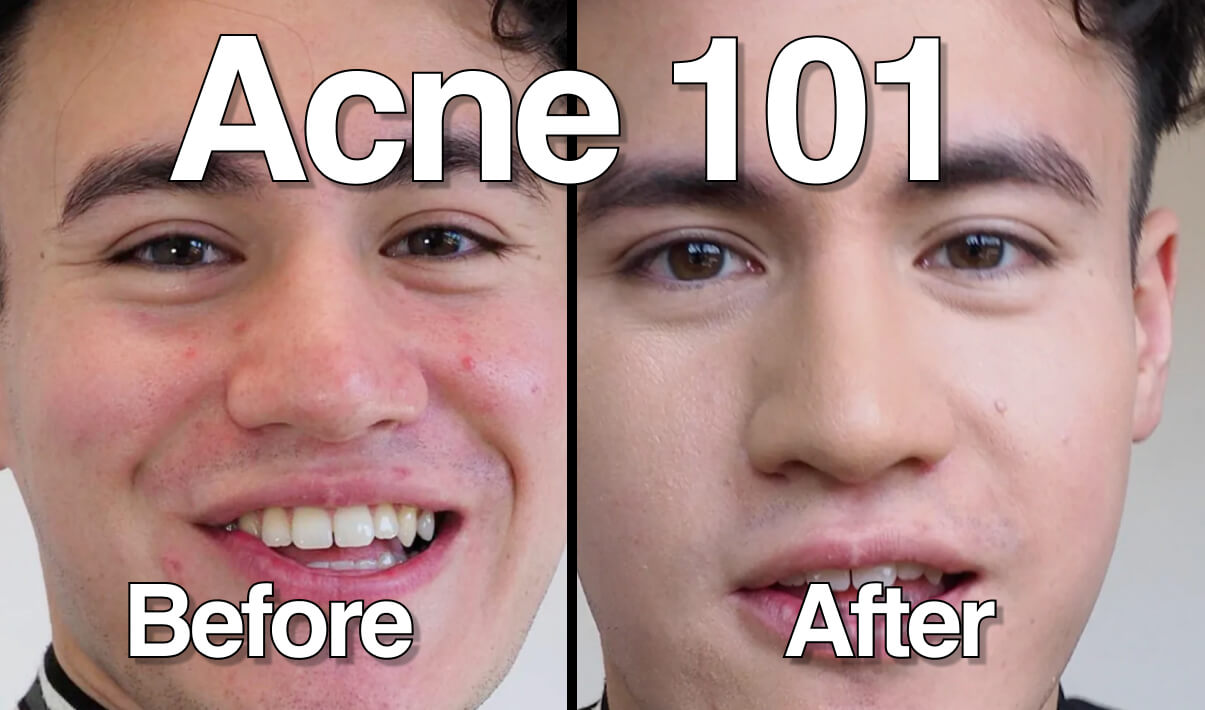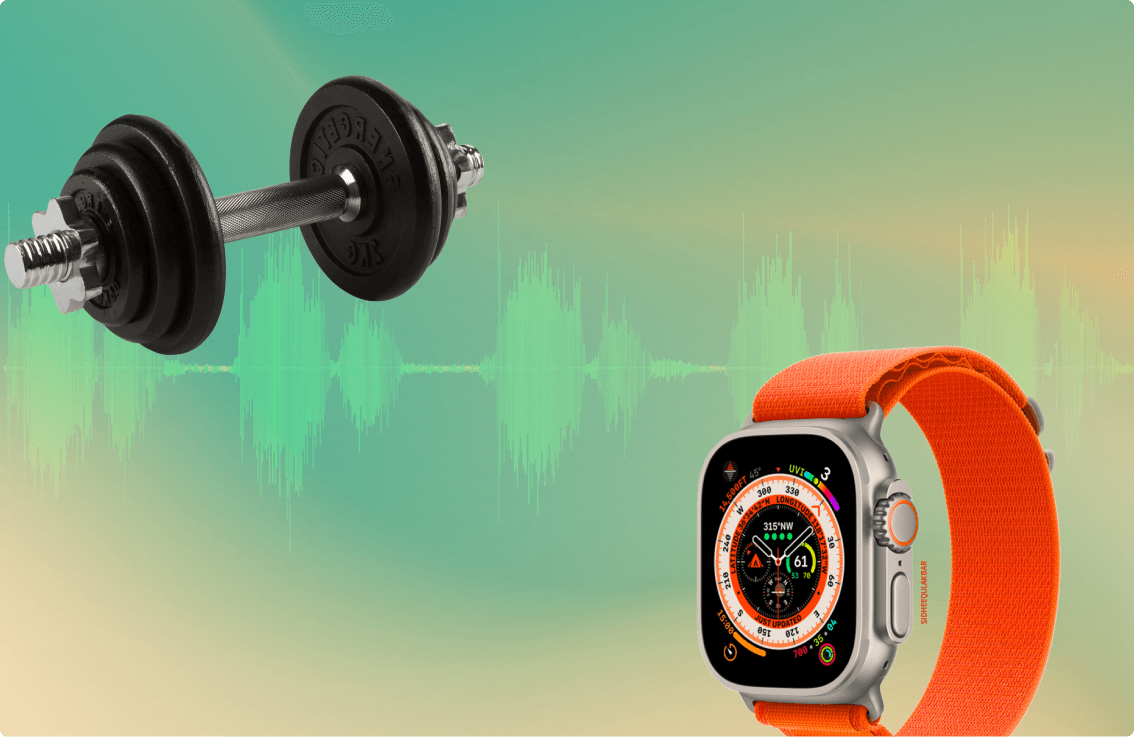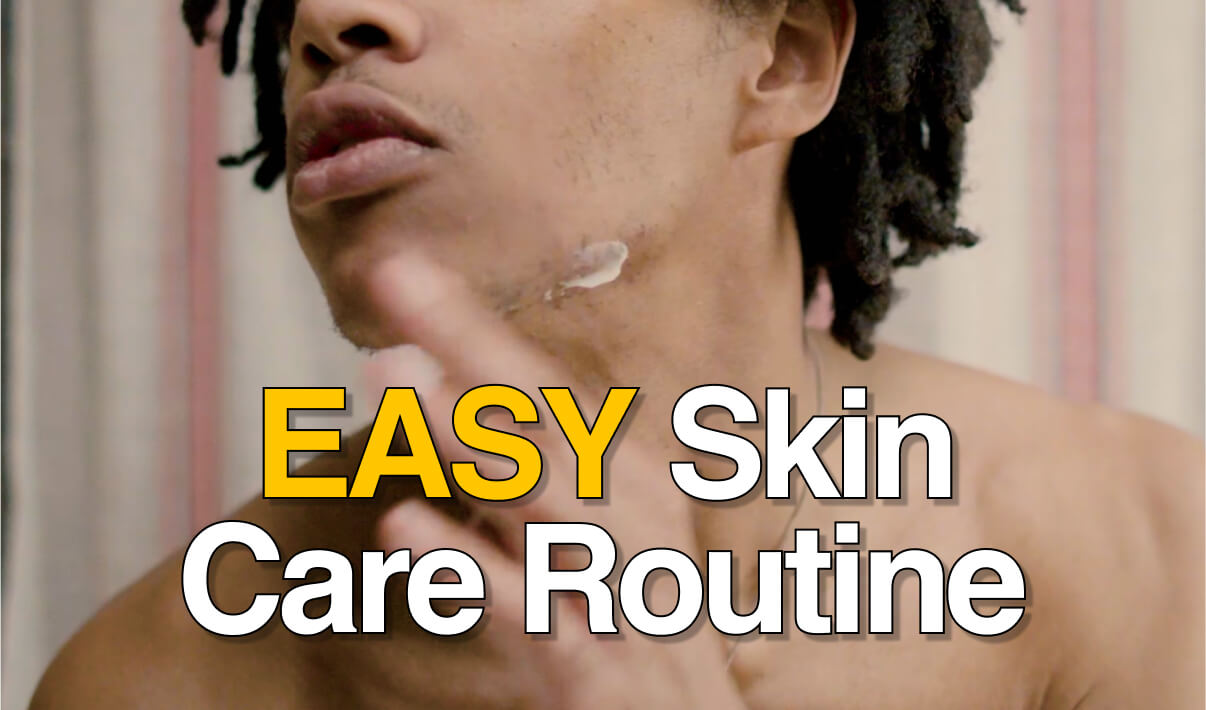We've all had those mornings when we wake up, rub our sleepy eyes, and take a look in the mirror, only to wonder what on earth happened to our face overnight. Our once smooth canvas has turned into a landscape of bumps and blemishes. Acne, my friends, is a real downer.
When it comes to covering up these pesky pimples, here's the problem: they come in all shapes and sizes. They pop up on your face, neck, back, shoulders, butt, chin, and pretty much everywhere else. These little troublemakers don't leave any spot untouched. And figuring out how to hide them can be a real challenge. They have different textures, some ooze stuff, some are buried deep, and some seem like they've been with you forever. But before you go squeezing your face like a stress ball, let's drop some acne knowledge on you.
Below, we'll break down some descriptions for different types of acne you might come across:
Types of Acne:
-
Blackheads: What's the Deal?
Blackheads are basically open pores clogged with oil, dirt, and gunk that harden into little black dots. You'll often find these troublemakers hanging out on your nose and chin. -
Whiteheads: The Classic Pimple
Whiteheads are like the poster child of pimples. They're similar to blackheads but have a little white cap and look like they're peeking through your skin. Resist the urge to pop them, though, because it can lead to scars and even more pimples. -
Cystic Acne: The Big Bad Bumps
Cystic acne is like having hidden cysts under your skin filled with pus. They don't always come to a head but can feel like painful lumps, especially on your chin. You might need a dermatologist's help for these stubborn ones. -
Pustules: The Pus-Filled Pimples
Pustules look a lot like whiteheads, but they're filled with pus and tend to be deeper-rooted. -
Papules: The Red Bumps
Papules are raised red spots on your skin without a noticeable head. They usually show up after your skin gets irritated. -
Nodules: The Deep Troublemakers
Nodules are a lot like cystic acne, but they don't have pus, so don't even think about popping them. Dermatologist time for these ones too.
And just so you know, there are other skin issues out there that can mimic acne with redness and irritation. If you're having a hard time figuring out what's going on with your skin, it's a good idea to reach out to a local dermatologist.
Covering Up Different Types of Acne
Now that you've met your acne arch-nemesis, the question is, how do you hide it? First off, if you've got severe acne that's taken over your entire face, trying to cover it might not be the best move. Spot-treating a few pimples is no biggie, but for the more serious and painful stuff, you need to think long-term and probably see a dermatologist.
Here's a simple guide to which types of acne you can try to cover and which ones you should definitely hold off on until you've consulted with a pro:
Acne Types You Can Cover Up:
- Blackheads
- Whiteheads
- Pustules
- Papules
Acne Types You Shouldn't Attempt to Cover Up:
- Cystic Acne
- Nodules
In a nutshell, understanding the different types of acne and how to manage them is key to achieving clearer and healthier skin. When it comes to covering up acne, take it easy, especially if you're dealing with the big guns. Professional advice and a good skincare routine might be your best allies in this battle against acne.
